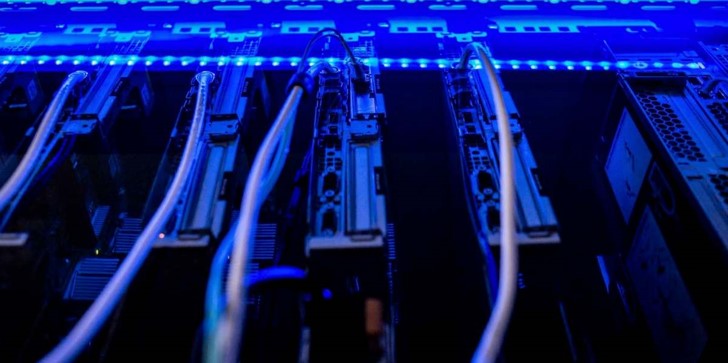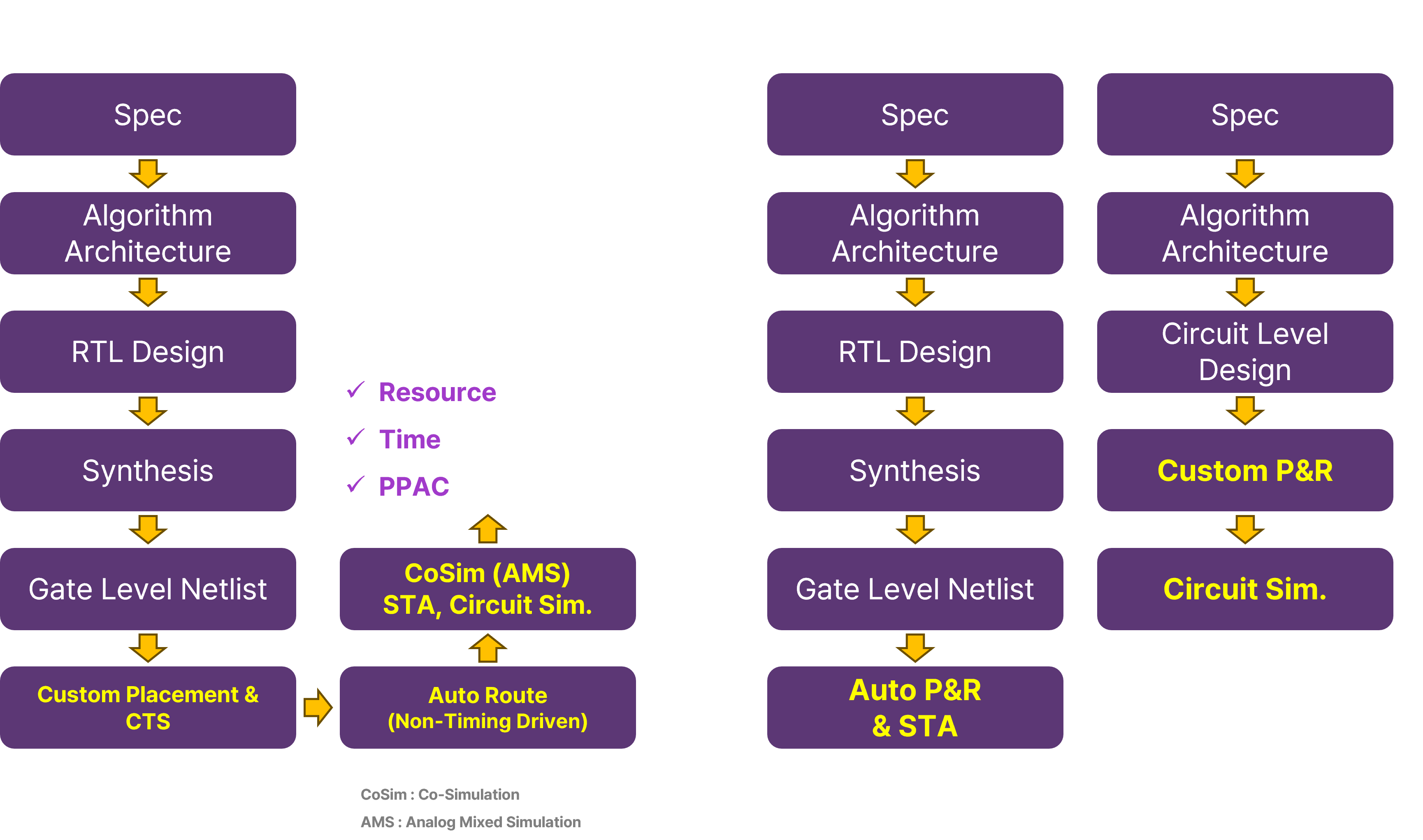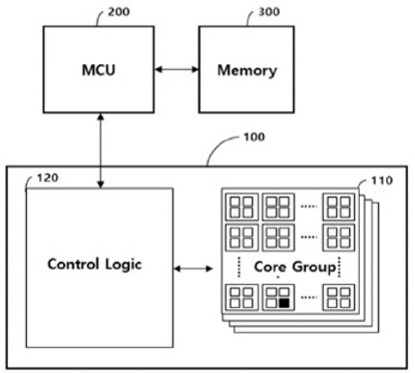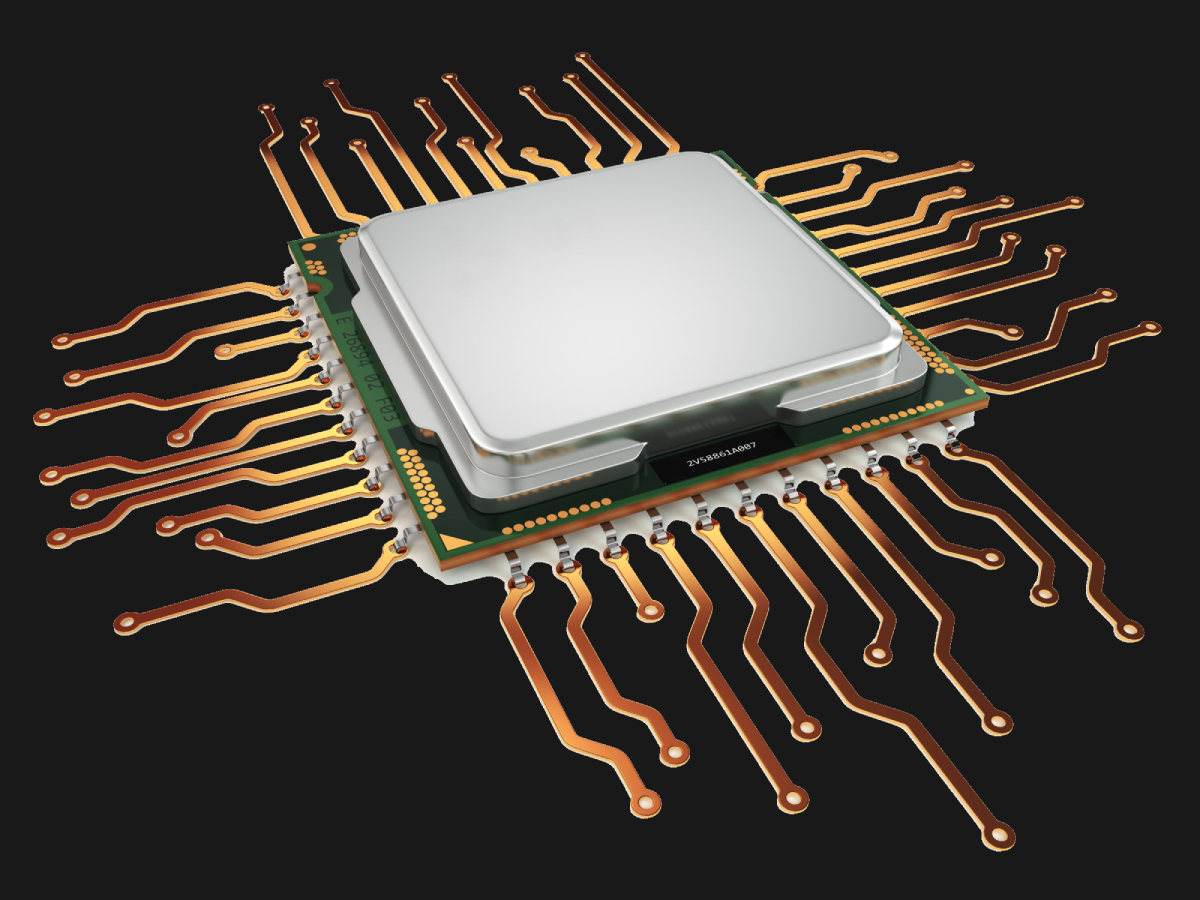개인정보처리방침
개인정보처리방침
이 개인정보 처리방침은 000(전자거래 사업자)가 운영하는 사이버 몰(이하 ‘회사’ 라 한다)에서 제공하는 온라인 관련 서비스(이하 “서비스”라 한다)를 이용함에 있어 사이버몰과 이용자의 권리·의무 및 책임사항을 규정함을 목적으로 합니다.
회사는 개인정보 보호법 제30조에 따라 정보주체(고객)의 개인정보를 보호하고 이와 관련한 고충을 신속하고 원활하게 처리할 수 있도록 하기 위하여 다음과 같이 개인정보 처리지침을 수립․공개합니다.
1. 개인정보의 처리목적 회사는 다음의 목적을 위하여 개인정보를 처리하고 있으며, 다음의 목적 이외의 용도로는 이용하지 않습니다.
– 고객 가입의사 확인, 고객에 대한 서비스 제공에 따른 본인 식별․인증, 회원자격 유지․관리, 물품 또는 서비스 공급에 따른 금액 결제, 물품 또는 서비스의 공급․배송 등
2. 개인정보의 처리 및 보유기간 ① 회사는 정보주체로부터 개인정보를 수집할 때 동의받은 개인정보 보유․이용기간 또는 법령에 따른 개인정보 보유․이용기간 내에서 개인정보를 처리․보유합니다.
② 구체적인 개인정보 처리 및 보유 기간은 다음과 같습니다.
– 고객 가입 및 관리 : 서비스 이용계약 또는 회원가입 해지시까지, 다만 채권․채무관계 잔존시에는 해당 채권․채무관계 정산시까지
– 전자상거래에서의 계약․청약철회, 대금결제, 재화 등 공급기록 : 5년
3. 개인정보의 제3자 제공 회사는 정보주체의 별도 동의, 법률의 특별한 규정 등 개인정보 보호법 제17조에 해당하는 경우 외에는 개인정보를 제3자에게 제공하지 않습니다.
4. 회사는 위탁계약 체결시 개인정보 보호법 제25조에 따라 위탁업무 수행목적 외 개인정보 처리금지, 재위탁 제한, 수탁자에 대한 관리․감독, 책임에 관한 사항을 문서에 명시하고, 수탁자가 개인정보를 안전하게 처리하는지를 감독하고 있습니다.
5. 정보주체의 권리․의무 및 행사방법 정보주체는 회사에 대해 언제든지 다음 각 호의 개인정보 보호 관련 권리를 행사할 수 있습니다.
1. 개인정보 열람요구
2. 개인정보에 오류 등이 있을 경우 정정 요구
3. 삭제요구
4. 처리정지 요구
6. 처리하는 개인정보 항목 회사는 다음의 개인정보 항목을 처리하고 있습니다.
– 성명, 생년월일, 주소, 전화번호, 휴대전화번호, 성별, 이메일주소, 신용카드번호, 은행계좌번호 등 결제정보
7. 개인정보의 파기 ① 회사는 개인정보 보유기간의 경과, 처리목적 달성 등 개인정보가 불필요하게 되었을 때에는 지체없이 해당 개인정보를 파기합니다.
② 회사는 다음의 방법으로 개인정보를 파기합니다.
– 전자적 파일 : 파일 삭제 및 디스크 등 저장매체 포맷
– 수기(手記) 문서 : 분쇄하거나 소각
8. 개인정보의 안전성 확보조치 회사는 개인정보의 안전성 확보를 위해 다음과 같은 조치를 취하고 있습니다.
– 관리적 조치 : 내부관리계획 수립․시행, 직원․종업원 등에 대한 정기적 교육
– 기술적 조치 : 개인정보처리시스템(또는 개인정보가 저장된 컴퓨터)의 비밀번호 설정 등 접근권한 관리, 백신소프트웨어 등 보안프로그램 설치, 개인정보가 저장된 파일의 암호화
– 물리적 조치 : 개인정보가 저장․보관된 장소의 시건, 출입통제 등
9. 개인정보 보호책임자 회사는 개인정보 처리에 관한 업무를 총괄해서 책임지고, 개인정보 처리와 관련한 정보주체의 불만처리 및 피해구제를 처리하기 위하여 아래와 같이 개인정보 보호책임자를 지정하고 있습니다.
개인정보 보호책임자
연락처: 000@naver.com
10. 개인정보 처리방침 변경 이 개인정보 처리방침은 2021. 1. 30.부터 적용됩니다.





